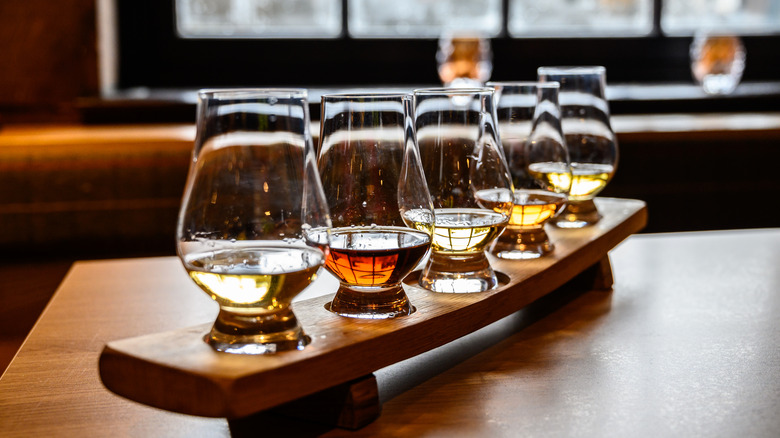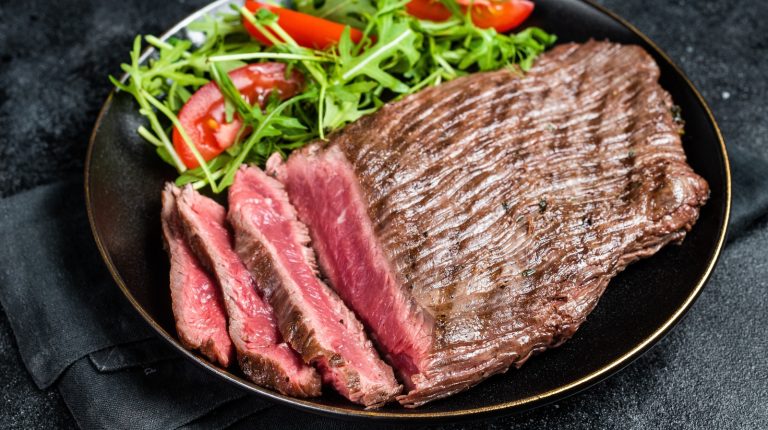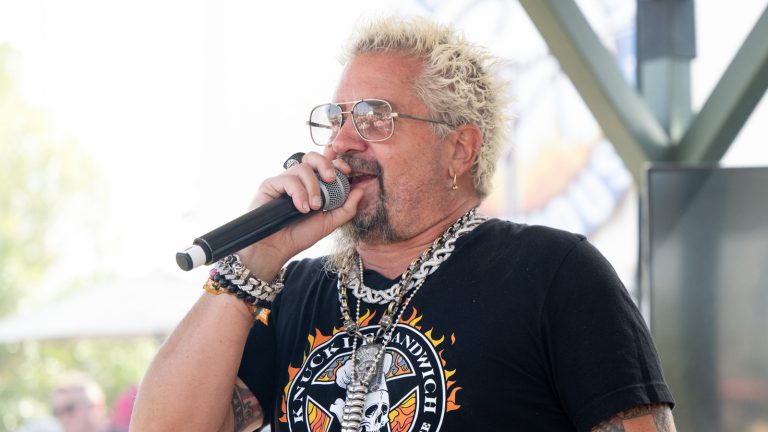Whisky is more than just a drink; it’s an experience – it’s a symbol of class, sophistication, and quiet confidence. With its rich and complex taste, a sip of this amber elixir will conjure up images of warm, fire-lit evenings with your hand cradling a heavy-bottomed glass. When you order it at a speakeasy, you want to do so like you know what you’re doing.
Ireland and America are both big players in the whiskey industry. Ireland is believed to have invented it in the 12th century, and was responsible for the name, which is derived from the Irish Gaelic “uisce beatha,” meaning “water of life,” reflecting old beliefs surrounding the medicinal values of spirits. America, meanwhile, is ever present with its iconic whiskey — yes, that’s whisky with an e, the American way. — with legendary brands like Jack Daniel’s and Jim Beam. Although both countries undoubtedly have strong ties to whisky, neither takes the title as the world’s top producer. Perhaps unsurprisingly, this distinction actually goes to Scotland.
In 2024, it’s estimated that Scotland produced an eye-watering 81 million gallons of whisky. According to the Scotch Whisky Association, in 2024 Scottish whisky exports reached 1.4 billion bottles — equating to 44 bottles every second! While the total export value reached $7.25 billion, the wider economic impact of the scotch whisky industry on the U.K. economy was estimated at a whopping $9.54 billion, through employment, tourism, and supply chains. As of May 2025, there are currently 150 operating scotch whisky distilleries. So it’s pretty safe to say that Scotland’s got a firm hold on its title as the biggest whisky-producing country.
So what is Scottish Whisky?
The earliest known reference to Scotch whisky dates back to 1494. Over the centuries, Scotch whisky has become deeply embedded in Scottish heritage. It’s a symbol of craftsmanship, tradition, and pride, and its significance even extends beyond national borders. In 2024, King Charles presented a bottle of Scotch whisky to the Japanese emperor during a state visit, highlighting its unique role in international diplomacy.
Similar to the definitions of Champagne, for a whisky to be “Scotch,” there are strict rules to follow. All Scotch whisky must be distilled and matured in Scotland and made using cereal grains, water, and yeast that undergo malting, mashing, and fermenting. After that, the whisky must be aged in oak casks for a minimum of three years and bottled at a 40% ABV. It is best served in a Glencairn glass: a small, tulip-shaped glass that concentrates and enhances aromas, with a wide bowl allowing a greater appreciation of the whisky’s color
Scotland also has several variations of whisky categorized into five uncontested regions: Campbeltown, Highland, Islay, Lowland, and Speyside — some say that the Islands are a sixth region while others group them with the Highlands. Each region’s whisky has its own distinctive characteristics influenced by climate, maturation process, and peat used in the malting process. Furthermore, Scotch whisky can be categorized into five types: single malt, single grain, blended malt, blended grain, and blended scotch. Blended scotch is the most popular, being a blend of one or more single malt with one or more single grain — resulting in a diverse and balanced flavor profile.





